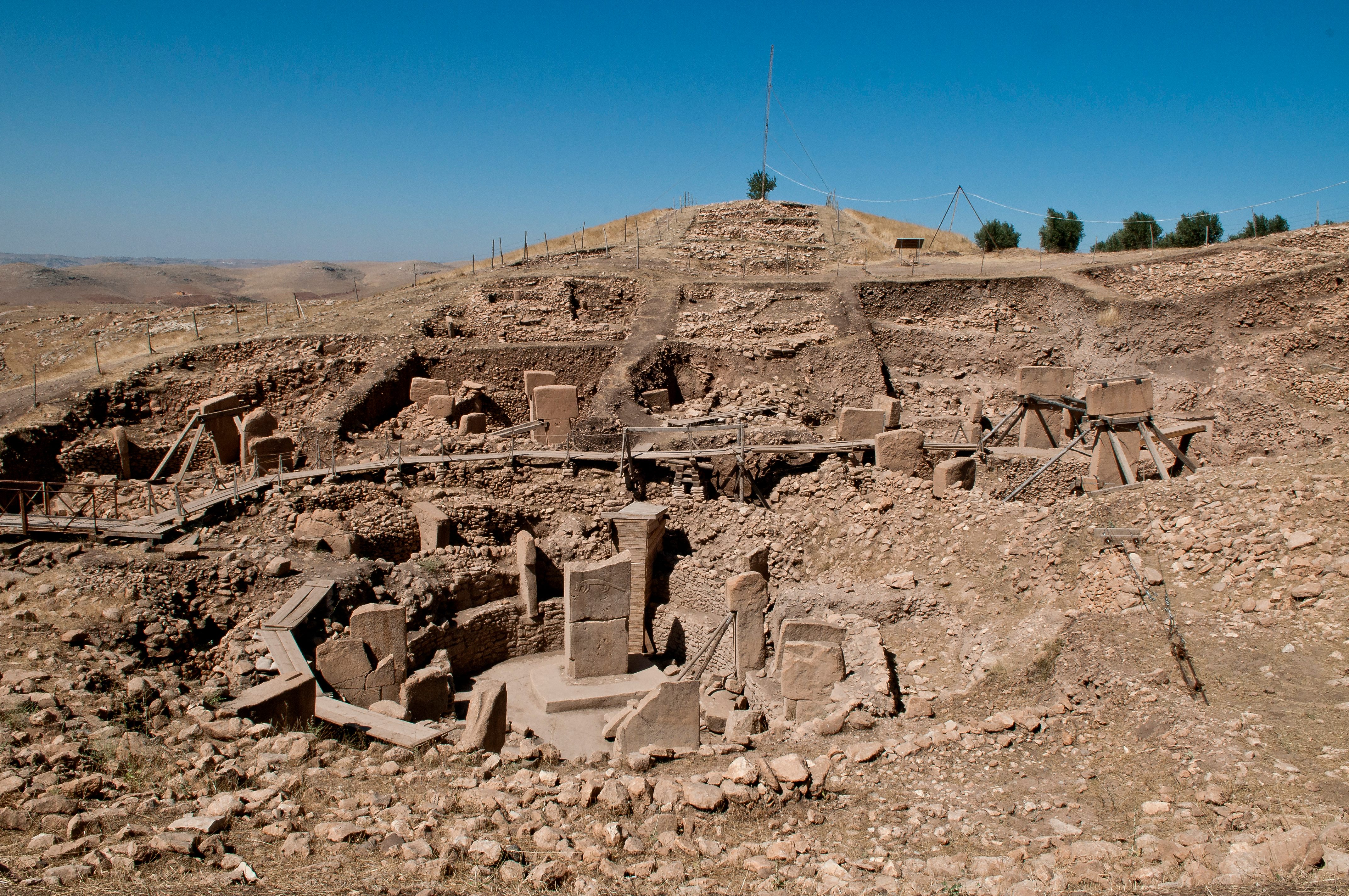The Remains of an Ancient ‘Skull Cult’ Have Been Found
A new discovery at Göbekli Tepe in Turkey sheds some light on what the structure’s purpose might have been.

At Göbekli Tepe, an ancient site in southern Turkey, archaeologists have been digging and discovering things for years. First excavated by a German archaeologist in 1996, it was built around 12,000 years ago, possibly as some kind of a holy site, though until recently, archaeologists weren’t entirely sure.
But new research published Wednesday in Science Advances sheds some light on what the structure’s purpose might have been: to display skulls for a skull cult.
Archaeologists use “skull cult” to describe prehistoric peoples who venerated skulls to the point of worship, indicated most frequently by modified skulls left in their wake. Archaeologists recently found three such skulls at Göbekli Tepe, each bearing incisions along the sagittal axes of the head, or lengthwise down the center between one’s ears.
“Because no signs of healing could be detected, modifications were probably performed shortly after death,” the authors write in the study.
So what was the point? The authors float two theories, one of which—simple veneration of the dead—seems plausible. The other, though, is a bit more heavy metal.
The skulls could’ve been associated with, they write, “the display of dispatched enemies through either active ‘branding’ of individuals or functional modification of the skull for display.” It might’ve been a way to make them stand out among other skulls at the site, in other words, or just a way to attach them to something for an exhibit. Not unlike in a museum.














Follow us on Twitter to get the latest on the world's hidden wonders.
Like us on Facebook to get the latest on the world's hidden wonders.
Follow us on Twitter Like us on Facebook